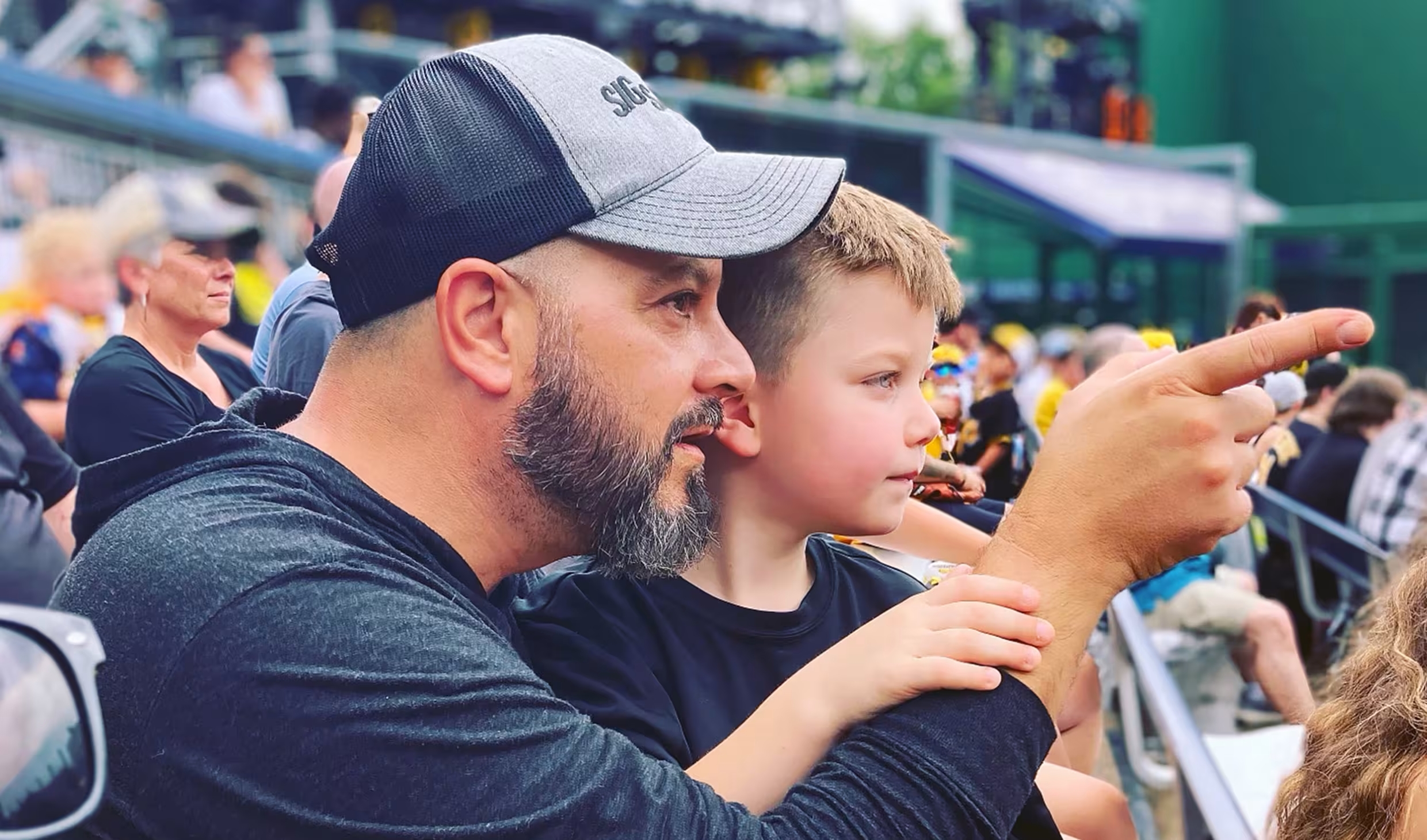Longevity isn't just about how long you live — it's also about staying healthy for as much of that time as possible. The "sit to stand" test can be a good way to figure out how healthy you are, and it can even predict how long you'll live, research shows.
"It’s an indirect marker of your health," says NBC News medical contributor Dr. Natalie Azar, who joined the 3rd Hour of TODAY on March 8 and walked the hosts through the simple test, which some doctors use as an indicator of longevity.
What is the sit-to-stand test?
"It's actually a standing to sitting to standing test," Azar tells TODAY.com. That's a bit of a tongue twister, though, so a lot of people refer to it as the "sit-rise test," or the "sit to stand test." Basically, you begin the test standing, sit down crosslegged on the ground, and then stand up again.
Get Connecticut local news, weather forecasts and entertainment stories to your inbox. Sign up for NBC Connecticut newsletters.
Sounds easy, right? Not so fast. You need to go from standing to sitting and back again without using your hands or any part of your body besides your legs and core to help you up or down.
What does the test measure?
This simple test is an effective indicator of health because you have to have strong cardiovascular health, good balance, agility, flexibility, and core and leg strength to be able to complete it, Azar says.
Health
What's the research behind this?
A 2012 study found that the sitting to rising test (SRT) was a significant predictor of mortality in participants between ages 51 and 80. "The study found that the lower the score, you were seven times more likely to die in the next six years," says Azar.
But, Azar points out, the people who scored lowest in the study were the oldest — meaning they also had the highest risk of death in the next six years.
That doesn't mean that the test isn't legitimate or that it can't tell you anything about your health even if you're under 51, says Azar.
"As we get older, we spend time talking about cardiovascular health and aerobic fitness, but balance, flexibility and agility are also really important," Azar stresses.
How to do the test
The goal is to go from standing to sitting on the floor and standing again without any assistance from your hands. Here's how to do it:
- Start standing and give yourself 10 points.
- Sit on the floor crosslegged.
- Stand back up.
- Subtract a point every time you use your hand, knee, forearm, or side of your leg to help.
- If you can sit and stand with no assistance, you scored a perfect 10. If you could not get up at all, your score is zero.
How to interpret your score
"Eight points or higher is what you want," says Azar. But she points out that there are a lot of things the test doesn't take into consideration. "What if you’re fit, but you had an injury?" she says. The test doesn't account for injuries, so either wait until you're healed to try the test, or don't assume your results are the end all be all measure of your health.
"The test also doesn’t account for musculoskeletal limitations," Azar says. So if you have mobility issues, your score may never come to 10. That doesn't mean you aren't health and fit, Azar explains.
Azar adds that she does this test all the time and that her own score isn't always perfect, even though she's in great physical health. A lot of factors may come into play. If, for example, you didn't sleep well or you have an aching back, give yourself some grace. This is not a pass-fail test. There's a whole 10 point scale for a reason.
What if I don't score well?
"Take it with a grain of salt," Azar says.
Workouts that will improve strength, agility and flexibility
- Strengthen your core in one month with this plan
- The 25 best no-equipment leg exercises
- This popular workout can sculpt your muscles
- New to yoga? Start with these 6 poses
You can't control the passage of time — aka aging — but you can make a decision to prioritize your fitness in new ways. "If you’re not able to do it, then take stock," Azar suggests. "Ask yourself: How can I improve core strength, leg strength, balance and agility?"
This story first appeared on TODAY.com. More from TODAY:



